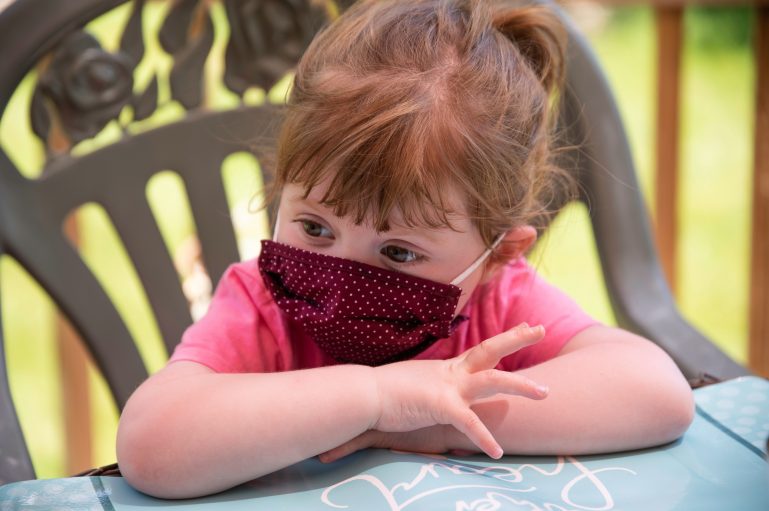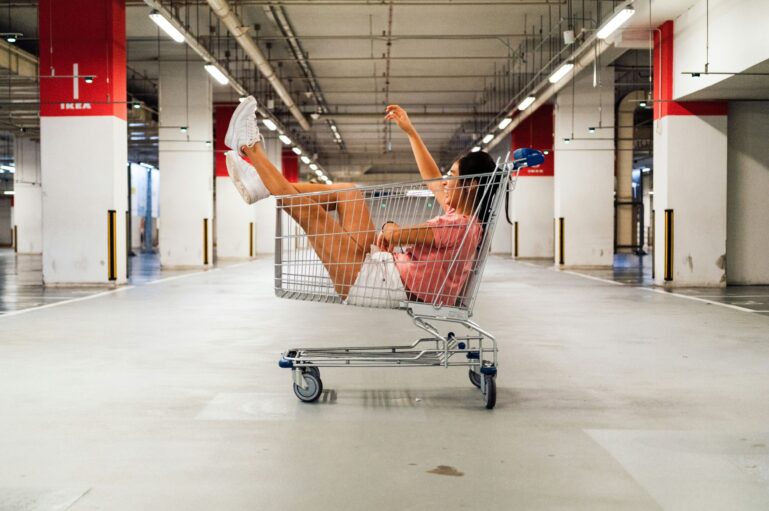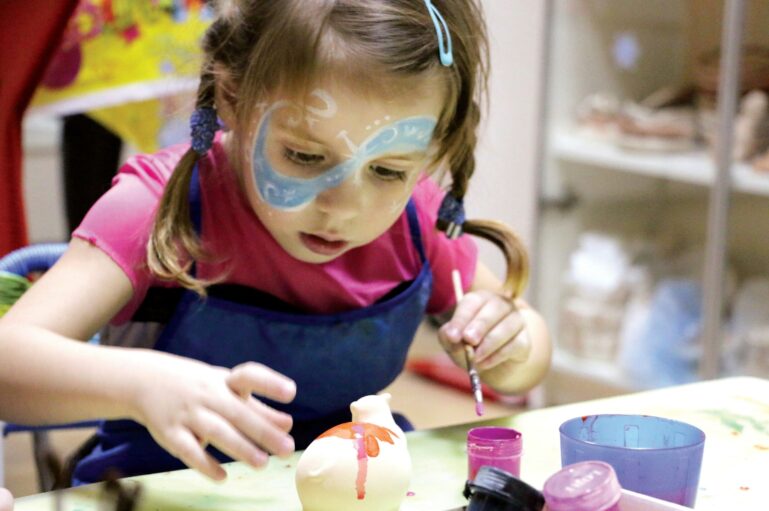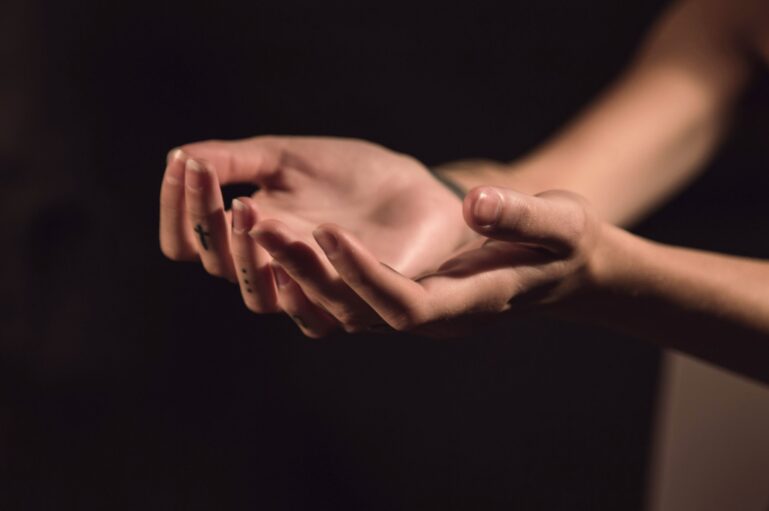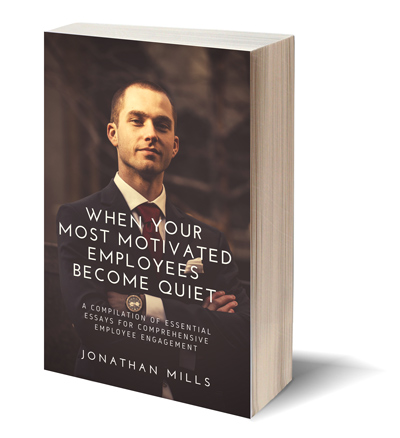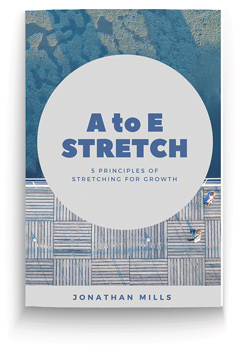My daughter started a pre-school a number of years ago to provide quality education for children in the inner Cape Town city bowl – an exciting and worthy project. The school has grown progressively, adding a new grade every year, I guess eventually to form a junior school. The staff complement, too, has increased to meet the demands of more and more people moving to the city. Running a school is hard work and she seemed to be managing quite well – that is, until COVID-19 knocked on the city door. How does a school teacher get five year olds to practise pandemic safety protocols?
Five year old children redefine the concept of “energy” – they have seemingly endless reserves and know how to tap into their respective sources of supply (like sweets and other forms of sugar) to create chaos. Everything they do is done on “fast-forward” – they don’t walk, they run: they don’t speak, they shout; they don’t smile, they laugh forcefully, and so on. The attention span of a nose-picker is rather limited, so my daughter had to devise a carefully-planned communication strategy to optimise fleeting listening moments with the children and reinforce everything with their respective parents (see part of that strategy by viewing the video at the end of the post below).
These are some of the pandemic protocol issues faced by teachers of little ones:
- Screening – taking the temperatures of every child upon arrival in the morning. The “aim and squeeze the trigger” infra-red thermometers used for this purpose are perfect toy guns and everyone wants one. The children also want to read their own temperatures off the screen – not because they understand the numbers, but because they want to make “physical distancing” challenging for teachers.
- Distancing – a pre-schooler has no idea of “at least 1.5 meters apart”. They are genetically coded to touch, hug, push, fight and climb on top of each other. For them, “distance” is a term only used in athletics.
- Masks – getting them to wear masks is not difficult, as sporting masks printed with pictures of their super-heroes is quite fashionable. The problem presents itself with energy conversion, however – all their expended energy gets transformed into saliva and heavy breathing, making the masks soggy and quite unusable. One of the parents solved this problem by sending two bags marked “clean masks” and “dirty masks”, with a day’s supply – very thoughtful.
- Sanitiser – my daughter requested that each set of parents supply a small sanitiser for the table where their respective children sit. Most complied exactly with the request. One child’s parents, however, sent a rather large spray bottle filled with sanitiser. When it came to sanitising the hands, the child held one hand up in the air, aimed and sprayed furiously, but missed his hand and successfully sanitised the full body of one of his class-mates. My daughter had to remove that “weapon of mass sanitisation” before others found themselves equally wet.
- Chewed pencils – the back end of a pencil or pencil crayon is the tastiest item in the classroom. Children, somehow, have a way of sucking energetically on pencils before graciously sharing these with others around the table. While generosity should be encouraged, this selfless action is not totally appropriate in a pandemic context!
- Gel cleanser (similar to the gel used by mechanics to get oil off their hands) – these products should be banned or at least come supplied with a product warning – “Not for the use of children under 16 years old, unless with adult supervision”. Children, somehow, have a way of immersing their arms up to their elbows and beyond in spite of the fact that there is only a small opening on the top of the jar. After they have touched everything in the bathroom thoroughly, they stand, arms outstretched, and call the teacher, expecting a miraculous gel evaporation from her.
Not only should we be applauding healthcare workers who faithfully serve on the frontline in our health institutions, but we should also be offering a standing ovation for pre-school teachers who have to encourage safety compliance gently in the younger set. I mean, how do you explain to a five year old not to pick the nose with a mask on?

